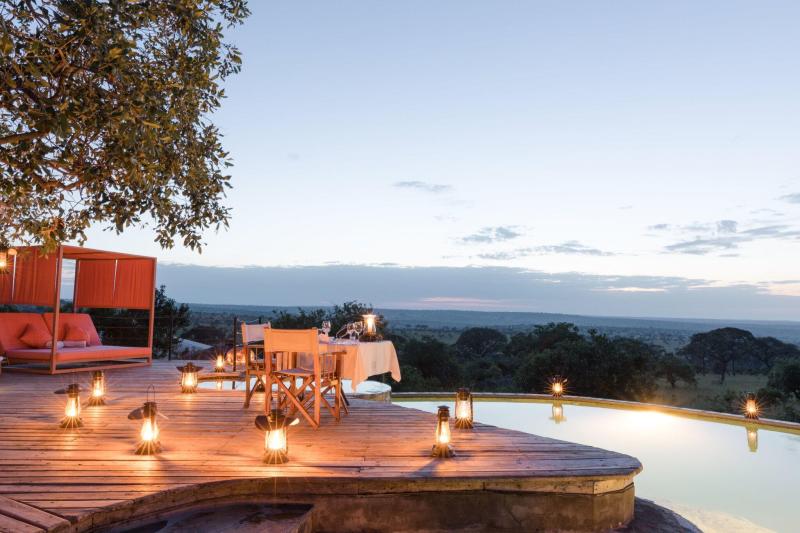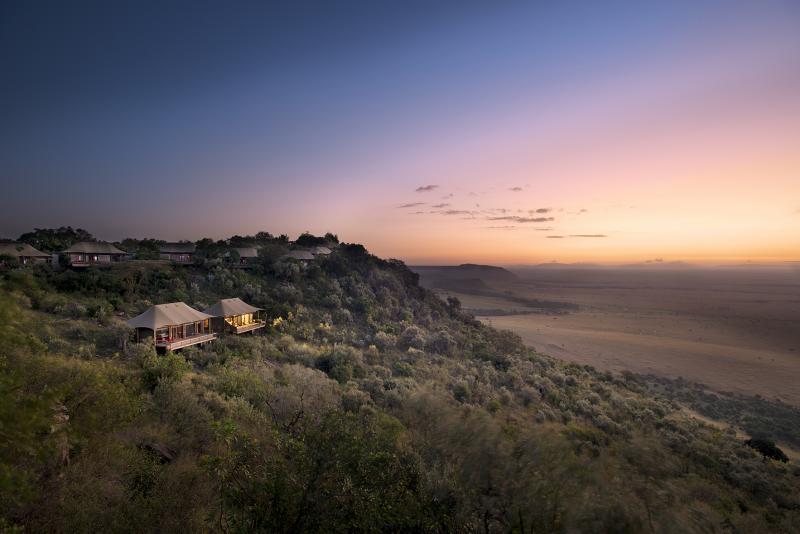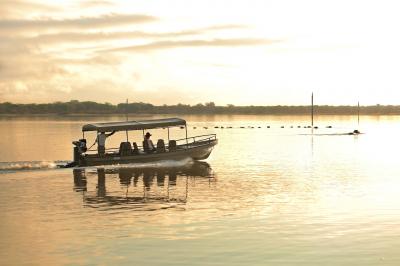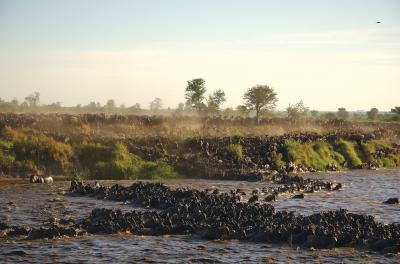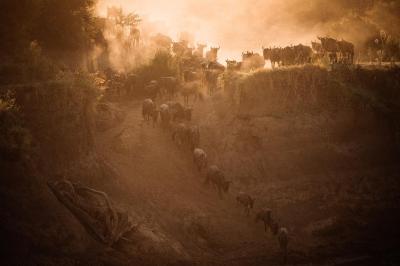Witnessing the Great Wildebeest Migration is a bucket-list adventure, often dubbed the “Greatest Wildlife Show on Earth.” Each year, over 1.5 million wildebeest, 400,000 zebras, and thousands of gazelles traverse 3,000 kilometers across East Africa’s savannas, pursued by predators like lions, leopards, and crocodiles. This guide dives into the when, where, and how of experiencing this natural wonder.
When to Witness the Great Wildebeest Migration
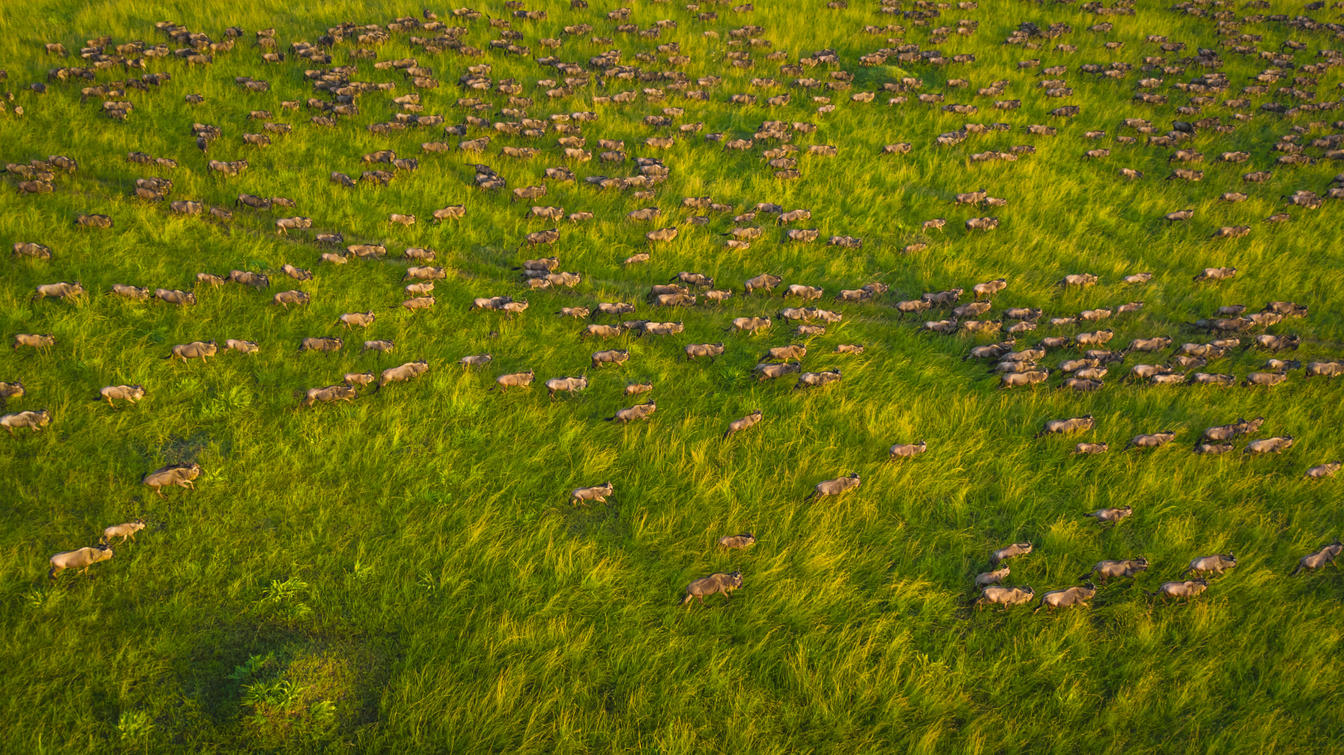
The migration follows a cyclical pattern driven by rainfall, but timing varies slightly yearly. Here’s a general breakdown:
- December–March: Herds graze on the nutrient-rich plains of the southern Serengeti and Ngorongoro Conservation Area, calving season peaks (February).
- April–May: As rains begin, herds move northwest toward the central Serengeti (Seronera and Moru Kopjes).
- June–July: Massive columns gather at the Grumeti River for perilous crossings. Crocodile ambushes create dramatic photo opportunities.
- August–September: Herds surge into Kenya’s Maasai Mara National Reserve, crossing the Mara River a highlight for safari-goers.
- October–November: Animals graze in the Mara before returning south to the Serengeti.
Pro Tip: Partner with local experts to track herds in real-time, as weather and grazing conditions can shift their path.
Where to Go: Key Migration Hotspots
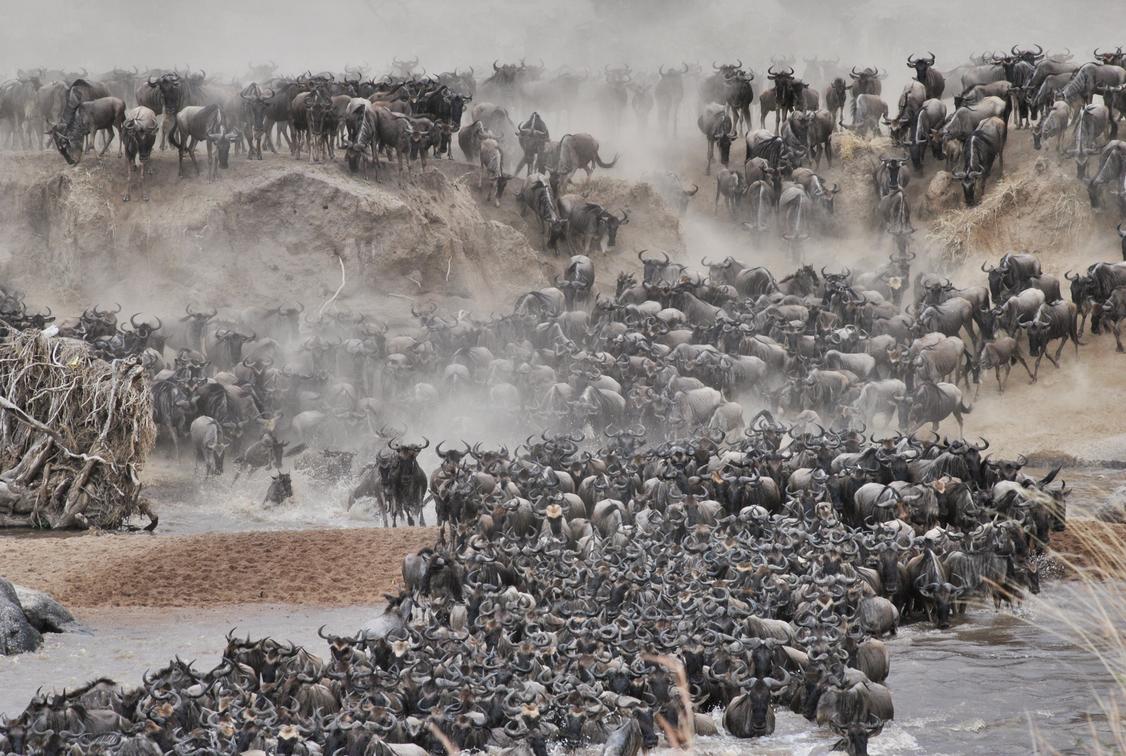
- Serengeti National Park (Tanzania): The migration’s heart. Key zones:
- Southern Plains (Ndutu): Calving grounds (Jan–Mar).
- Western Corridor (Grumeti): River crossings (Jun–Jul).
- Northern Serengeti: Mara River crossings (Aug–Sep).
- Maasai Mara National Reserve (Kenya): Lush grasslands host herds from August–October.
- Loliondo Game Controlled Area & Grumeti Reserves: Lesser-crowded routes with intimate wildlife encounters.
Insider Tip: Combine your safari with visits to Ngorongoro Crater or Tarangire National Park for diverse ecosystems.
How to Experience the Migration: Lodges vs. Mobile Safaris

- Permanent Lodges:
Ideal for comfort, offering amenities like pools and gourmet dining. Prime locations include Serengeti’s central lodges and Mara’s riverside camps.
- Mobile Tented Safaris:
Follow the herds daily for front-row access. Enjoy luxury tents, private guides, and meals under the stars—perfect for photographers and adventurers.
Why Trust Us? With 15+ years crafting safaris, our guides leverage deep local knowledge to position you perfectly.
Planning Your Migration Safari: 5 Expert Tips
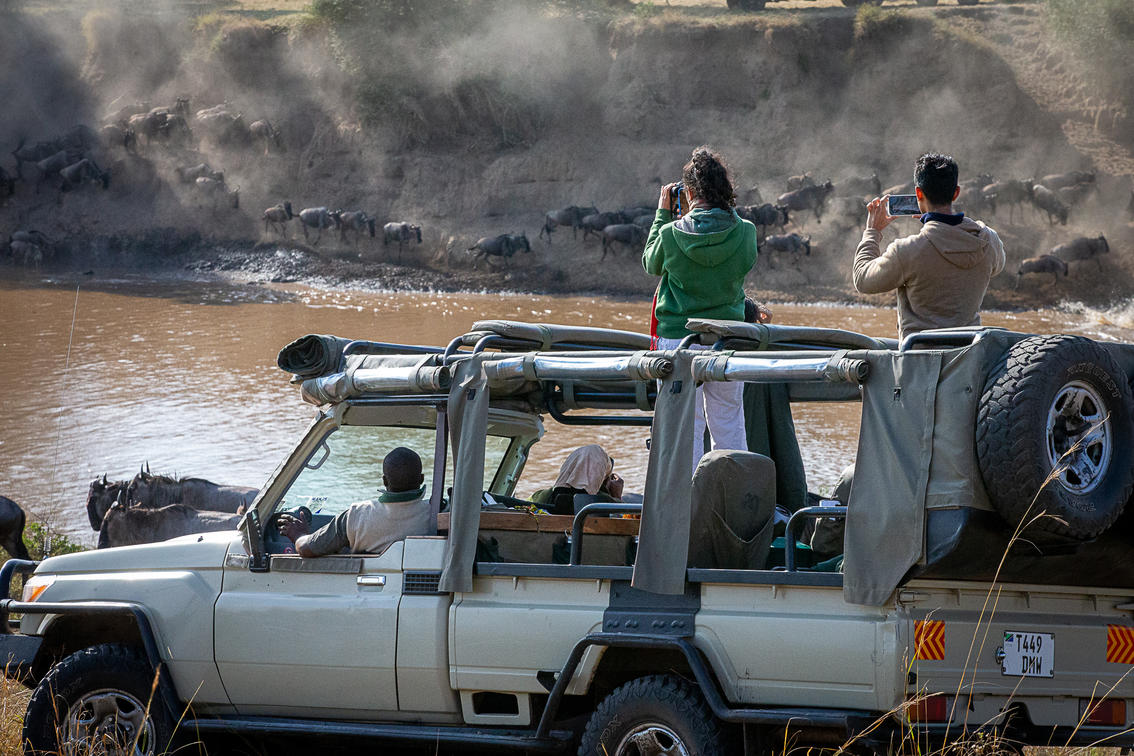
- Book Early: Top lodges and mobile camps sell out 12+ months ahead.
- Stay 4+ Days: Maximize chances to witness river crossings and predator action.
- Pack Smart: Bring binoculars, a DSLR camera, and neutral-toned clothing.
- Combine Destinations: Add Lake Manyara for tree-climbing lions or cultural visits with Maasai tribes.
- Travel Responsibly: Choose eco-certified camps supporting conservation.
Why Choose Us for Your Migration Adventure?
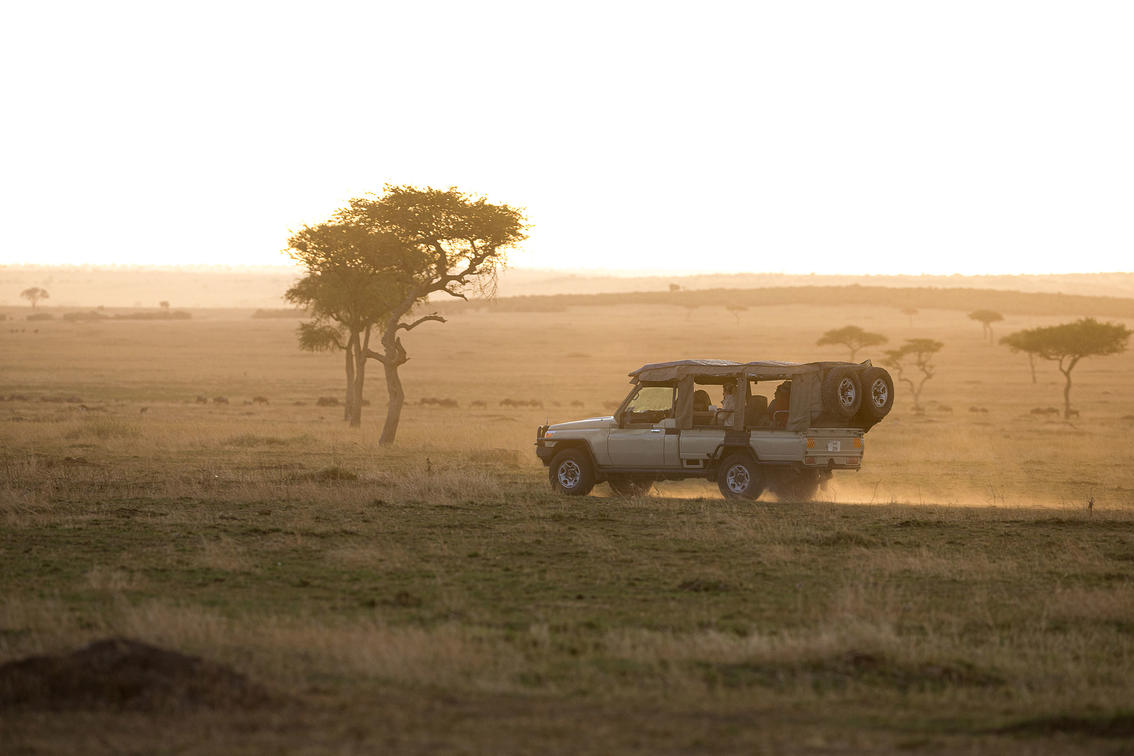
- Expertise: Our Tanzania-born guides have tracked the migration for decades.
- Tailored Itineraries: From luxury lodges to mobile camps, we match your style.
- 360° Support: Flawless logistics, 24/7 in-country assistance, and ethical partnerships.
Start Planning your once-in-a-lifetime journey with our curated safari packages.
Help Me Plan
Topics: Great Wildebeest Migration

 1-321-766-6821
1-321-766-6821 
.jpg)









